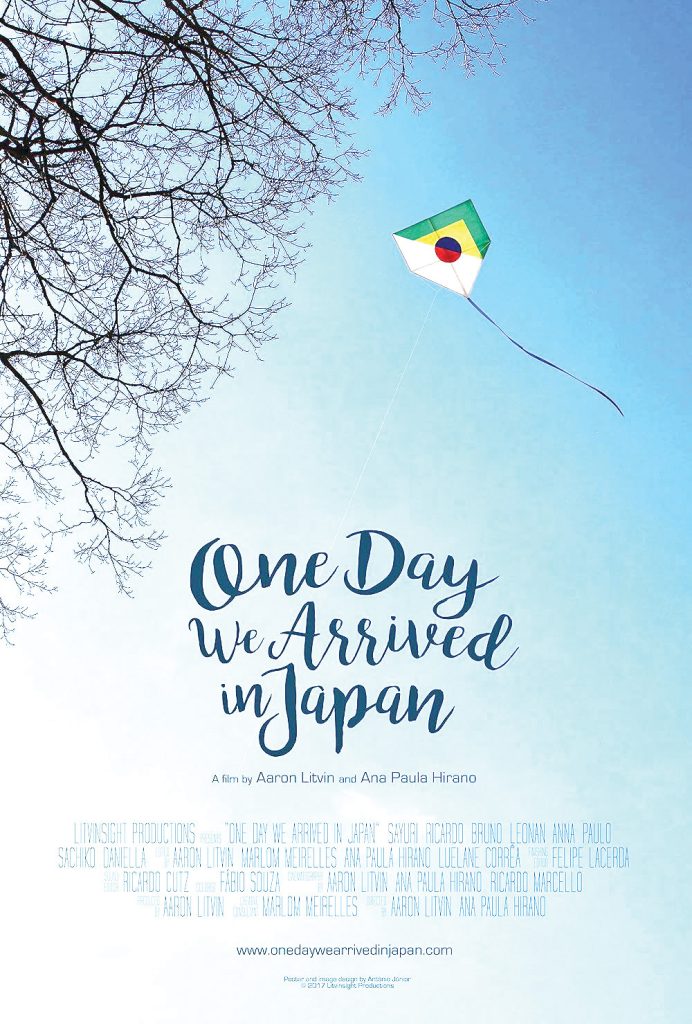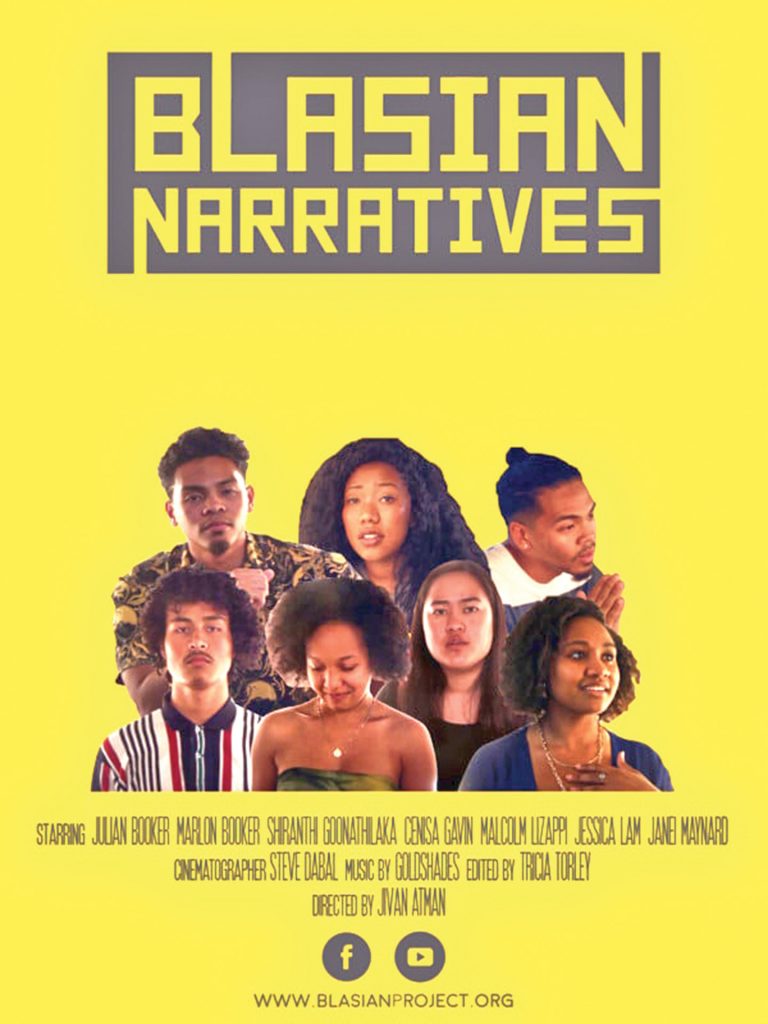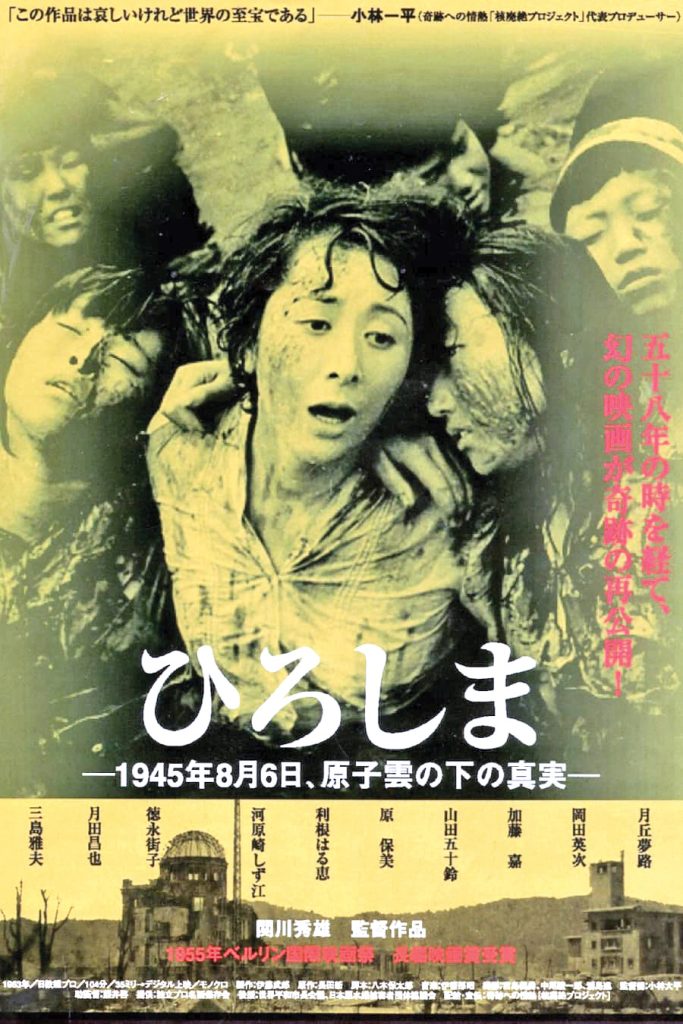An online film festival, running from Oct. 1-28, aims to foster connection, awareness and understanding within our diverse community.
By Rob Buscher, Contributor
Japanese American Memorial Pilgrimages is excited to announce the return of “Tadaima: A Community Virtual Pilgrimage,” a transformative online event that will run from Oct. 1-28. This innovative initiative aims to foster connection, awareness and understanding within our diverse community by offering a rich tapestry of livestreams, Zoom group discussions, workshops and thought-provoking prerecorded videos. The 2023 program explores themes related to monuments and memorialization, the wartime incarceration of Japanese Americans and broader community history on both sides of the Pacific.

“One Day We Arrived in Japan” explores a more contemporary issue related to Japanese Brazilian migrant workers and the challenges they face in Japan.
Featuring more than 40 films, this year’s online film festival program explores the topics of monument-making and memorialization related to the former sites of incarceration and other significant sites for the Japanese American community.
The online festival is organized into six distinct program sections titled “Camp and Monuments,” “Postwar Community History,” “Advocacy and Social Issues,” “Arts and Culture,” “Japan Connections” and “Japanese and Nikkei Perspectives on the Atomic Bomb.” As the curator of this program, I would like to share some of the rationale informing our programming decisions and highlights of the 2023 lineup.
The pilgrimage movement is inherently place-based by nature of visiting the physical sites of incarceration. Now that in-person pilgrimages have resumed in earnest, we can appreciate the continued importance the power of place holds in our collective storytelling. But as we navigated the pandemic with the help of rapidly improving digital communications technology, our community learned that it is possible to memorialize our shared history in the absence of physical monuments.
In this year’s film program, there are many titles that explore these topics both directly and indirectly, not just related to the former sites of incarceration explored mainly through the section titled “Camp and Monuments,” but to other significant sites for the Japanese American community.
One of the lesser-known stories one will find in this section is told through the documentary feature “Jimmy Murakami: Non Alien,” about a Tule Lake survivor who spent most of his adult life living abroad in Ireland as a result of his wartime experiences who then revisits the site for the first time since his incarceration.
Another stand-out title from this section is the short film “Blue Garden,” in which Japanese Canadian filmmaker Natalie Murao explores topics related to her family’s wartime incarceration in Canada through a unique blend of animation and documentary storytelling.
The section titled “Postwar Community History” includes several films that center on the lived experiences of those who returned to the West Coast and rebuilt the Japanese American community in Little Tokyo, Crenshaw and other L.A. neighborhoods.
Of particular note is the landmark film that Robert Nakamura co-directed with Duane Kubo titled “Hito Hata: Raise the Banner.” This 1980 production is considered the first feature-length narrative film made by Japanese Americans after WWII and chronicles the Issei experience from their arrival at the turn of the century to wartime incarceration, as well as the postwar struggle to save Little Tokyo from redevelopment. Thanks to the generosity of our friends at Visual Communications, the film will be available during the last week of Tadaima from Oct. 23-28.

“Blasian Narratives” utilizes monologues by mixed-race individuals whose heritage is both Black and Asian.
The section titled “Advocacy and Social issues” includes a wide array of topics ranging from family caregiving and dementia in Rea Tajiri’s gripping feature documentary “Wisdom Gone Wild” to the hitherto-unknown role that Sansei Kiyoshi Kuromiya played in bringing Dr. Martin Luther King Jr. to the Selma-Montgomery March as told in Robert Shoji’s short documentary “The Fourth March.” Another not-to-be-missed title is the docudrama “Blasian Narratives,” which shares a series of spoken word monologues by mixed-race individuals whose heritage is both Black and Asian.
The “Arts and Culture” section is another mixed bag of goodies including foodie film “Kakehashi” — a short documentary biopic about James Beard Award-winning Chef Nobuo Fukuda and a new web series titled “The Shokudo Series,” produced by Little Tokyo’s Grateful Crane Ensemble, which essentially offers a Japanese American take on popular Netflix drama “The Midnight Diner.” This section also includes films about Nisei artist luminaries like “George Nakashima, Woodworker” and “Sincerely, Miné Okubo” — a feature and short doc, respectively, exploring the works and lasting legacies of their respective subjects.
One of the smaller sections, “Japan Connections,” explores some of the unique relationships and social issues that exist between Japan and the Nikkei diaspora. A narrative feature film produced in 1959, “Kiku and Isamu” tells the story of two biracial Black-Japanese children and the issues they faced in their rural village during the postwar era. Feature documentary “One Day We Arrived in Japan” explores a more contemporary issue related to Japanese Brazilian migrant workers and the challenges they face in Japan.
While less specific to the Japanese American experience, a significant section of the film program has been dedicated to “Japanese and Nikkei Perspectives on the Atomic Bomb.” In light of the recent commercial success of Universal Pictures’ “Oppenheimer,” the organizing committee at Tadaima felt it was important to create a space for our community to express our thoughts on a controversial topic that has impacted many of our distant relatives, for those of us whose families hail from Hiroshima or Nagasaki.
Through the titles presented in this section, we aim to foster constructive dialogue around the role and responsibility of Japanese Americans and other Nikkei in the fight to end nuclear proliferation. Including several propaganda films that allow audiences to see how the U.S. military attempted to control the narrative in the immediate postwar era, the bulk of this section is comprised of titles that give platform to the lived experiences of hibakusha — bomb-affected peoples who either survived the atomic bombing themselves or are descended from individuals who did.

“Hiroshima” tells the story of a group of teachers, their students and their families in the years after the war.
The program includes two narrative feature films — “Hiroshima” (1953) and “Pecoross’ Mother and Her Days” (2013). The earlier film tells the story of a group of teachers, their students and their families in the years after the war. In a flashback sequence, tens of thousands of extras from Hiroshima, many of them survivors, helped re-create the hellscape immediately following the bombing, which I consider to be the most accurate live-action depiction of the horrors wrought by this unthinkable weapon. In “Pecoross’,” director Azuma Morisaki, himself a native of Nagasaki, explores the topic through the memories of an elderly woman with dementia.
Unrelated to the atomic bombs, another documentary feature in this section, “Threshold: Whispers of Fukushima,” tells a different set of stories about a new generation of Japanese impacted by the radiation leak caused by the 3/11 Triple Disaster. Exploring such topics seemed fitting within a program that seeks to understand how we can memorialize the invisible remains of our own community-wide trauma resulting from the wartime incarceration.
Now that the worst of Covid-19 is hopefully behind us, it provides an opportunity to consider what we will carry forward into our post-pandemic lives. Not all of the online community spaces that were necessitated by the need for self-isolation will survive, but it is my hope that Tadaima will continue in perpetuity.
For the vast majority of us in the Japanese American community whose families were displaced as a result of WWII, we have struggled across generations to maintain a sense of community. Those of us who grew up in regions of the country that were isolated from the West Coast Nikkei strongholds know that community spaces are few and far between.
I have met many people living in the East Coast and Midwest who cited Tadaima as their first real connection to the broader Japanese American community. Thanks to this groundbreaking platform, we have an opportunity to continue building together despite the geographical distance that has kept us apart for generations following the displacement our community experienced during and after WWII.
Each one of our audience members helps to create the community environment that has made these past few years so special. Whether you are returning to us from past years, or joining us for the first time — Okaeri — welcome home.
To view the full film program, visit: www.jampilgrimages.com/films-2023.



